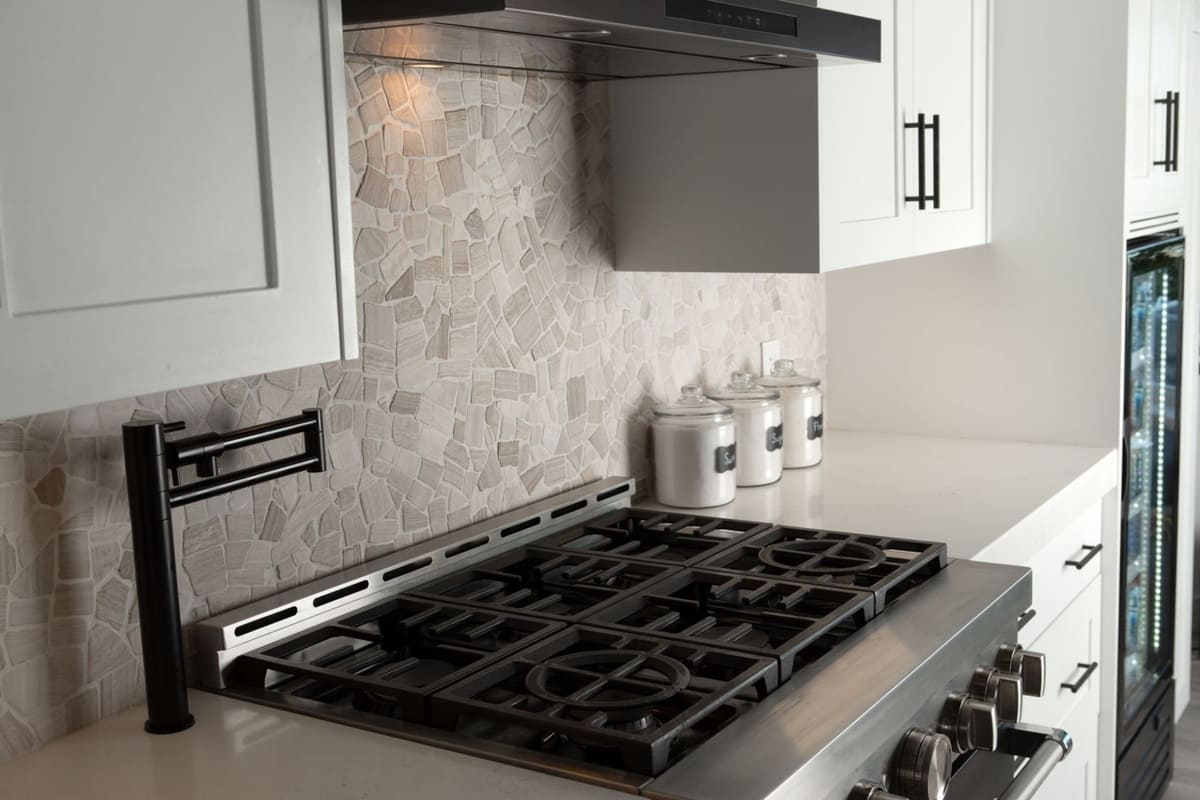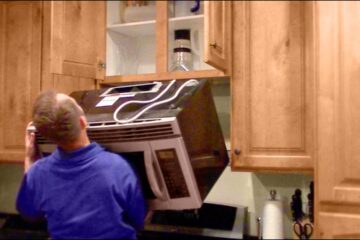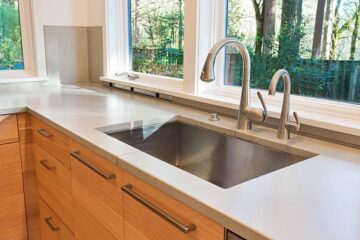When it comes to buying a stove, one of the most important things to consider is its size. The width of a stove is particularly important, as it determines how much cooking space you have and whether or not it will fit in your kitchen. But how wide is a stove exactly?
Stove widths can vary depending on the type and model of the stove. Compact stoves typically range from 20-24 inches in width, while standard stoves are usually 30-36 inches wide. Extra-wide models can be as wide as 48-60 inches. It’s important to keep in mind that these measurements apply to gas, electric, freestanding, and slide-in ranges. Depths usually stay around 25-27 inches, and heights around 36-41 inches, with some compact models making up for width with height.
Standard Stove Widths
Stove widths vary depending on the type of stove. Compact stoves are smaller and more suitable for small spaces, while professional stoves are larger and more suitable for commercial kitchens. Standard stoves are the most common type and are suitable for most homes.
Compact Stoves
Compact stoves are ideal for small spaces, such as apartments and tiny homes. These stoves are typically 20-24 inches wide, making them perfect for kitchens with limited space. Although compact stoves are smaller, they still come with all the necessary features of a standard stove.
Standard Stoves
Standard stoves are the most common type of stove and are suitable for most homes. These stoves are typically 30-36 inches wide and are designed to fit between most standard width kitchen cabinets. Standard stoves are available in both gas and electric models and come with a variety of features, such as self-cleaning ovens and convection cooking.
Professional Stoves
Professional stoves are larger and more suitable for commercial kitchens. These stoves are typically 36-60 inches wide and are designed to handle heavy use. Professional stoves come with a variety of features, such as multiple ovens, griddles, and burners. These stoves are also available in both gas and electric models.
Factors to Consider When Choosing Stove Width
When selecting a stove, one of the most important decisions to make is choosing the right width. Here are a few factors to consider when making this decision.
Kitchen Size
The size of the kitchen is one of the most crucial factors to consider when choosing a stove width. If the kitchen is small, a compact stove with a width of 20-24 inches may be the best option. On the other hand, if the kitchen is spacious, a standard stove with a width of 30-36 inches may be more appropriate. It is essential to measure the available space in the kitchen before purchasing a stove to ensure that it fits perfectly.
Cooking Habits
Cooking habits are another critical factor to consider when choosing a stove width. If someone frequently cooks large meals or has a large family, a wider stove may be more appropriate. A wider stove will provide more cooking space and allow for multiple pots and pans to be used simultaneously. However, if someone only cooks occasionally or has a small family, a narrower stove may be sufficient.
Budget
The budget is also an important factor when choosing a stove width. Compact stoves are generally less expensive than standard or wider stoves. However, wider stoves may offer more features and cooking options, which may be worth the additional cost for some people. It is essential to determine the budget before shopping for a stove and to stick to it to avoid overspending.
Installation and Measurement
When it comes to installing a new stove, measuring the space where it will go is crucial. There are two scenarios to consider: measuring for a new stove or replacing an existing one.
Measuring for a New Stove
To measure for a new stove, follow these steps:
- Measure the width of the space where the stove will go. Standard stove widths range from 20-24 inches for compact, 30-36 inches for standard, and 48-60 inches for extra-wide models.
- Measure the depth of the space where the stove will go. Depths usually stay around 25-27 inches.
- Measure the height of the space where the stove will go. Heights usually stay around 36-41 inches, with some compact models making up for width with height.
- Ensure that there is enough clearance around the stove for safety and ventilation. Check the manufacturer’s recommendations for specific clearance requirements.
- Consider the location of gas or electrical connections. Make sure the stove you choose is compatible with the connections in your home.
Replacing an Existing Stove
Replacing an existing stove can be a bit easier, as you can use the existing space and connections. However, it is still important to measure the space to ensure that the new stove will fit properly. Follow these steps:
- Measure the width, depth, and height of the existing stove.
- Check the manufacturer’s recommendations for clearance requirements and ensure that there is enough space around the stove for safety and ventilation.
- Consider upgrading the electrical or gas connections if necessary to ensure compatibility with the new stove.
By taking accurate measurements and considering the specific requirements for your space, you can ensure that your new stove will fit properly and function safely.
Conclusion
In conclusion, the width of a stove can vary depending on the type and model. Standard stoves are typically 30 inches wide, while compact and commercial-sized stoves can range from 20 to 36 inches in width. Extra-wide models can go up to 60 inches in width.
When selecting a stove, it is important to consider the width and other dimensions, such as depth and height, to ensure it fits properly in the designated space. It is also crucial to measure the space accurately and take into account any surrounding cabinets or countertops.
It is recommended to stick to standard sizes when possible, as they are more widely available and easier to replace if necessary. However, if a larger or smaller stove is needed, there are options available.
Overall, understanding stove dimensions can help in the decision-making process when purchasing a new stove or remodeling a kitchen. By considering the width, depth, and height, one can ensure a proper fit and a functional cooking space.



